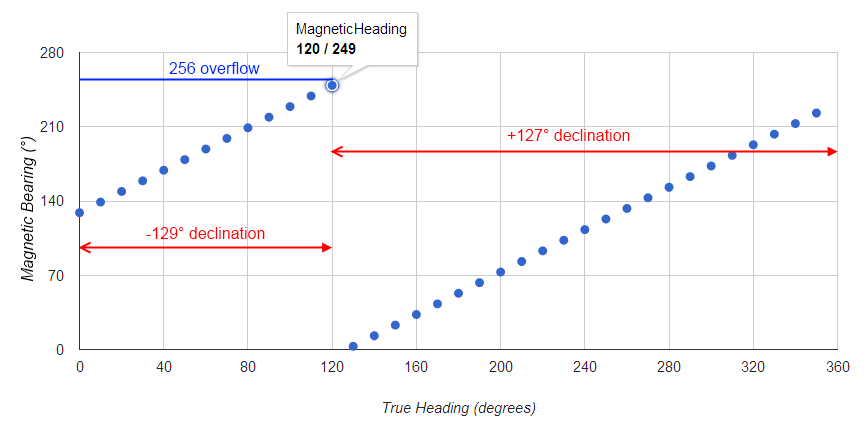Tone the Visual Studio 2012 MENUS DOWN
Changing the All-Caps menu in Visual Studio 2012 to something more readable. Install the VS Commands extension
Tools > VSCommands > Options > IDE Enhancements > Main Menu > Change Main Menu letter case
int? Properties in custom user controls
Binding to a nullable int property in a custom user control produces the following error:
Failed to create a 'Windows.Foundation.IReference`1<Int32>' from the text '40'.
Internally most of the .NET primitive types are converted to equivalent Windows Runtime types. IReference<T> is the Windows Runtime equivalent of Nullable<T> in .NET.
"Setting nullable properties [in] custom controls is not a supported scenario".
XAML Error : Value Type Nullable is not allowed on property in XAML
Windows 8 Dev Tip: Nullable Dependency Properties and Binding
Tap Event
The Tap event with GestureEventArgs becomes a Tapped event with TappedRoutedEventArgs
MessageBox.Show
MessageBox.Show is replaced by Windows.UI.Popups.MessageDialog
MessageDialog.Show("Some Message");
async private void ShowDialog() {
await new Windows.UI.Popups.MessageDialog("Some Message").ShowAsync();
}
There is no WebBrowserTask
WebBrowserTask task = new WebBrowserTask();
task.Uri = new Uri("http://www.fishofprey.com/");
task.Show();
async public void Show()
{
await Launcher.LaunchUriAsync(new Uri("http://www.fishofprey.com/"));
}
General Namespace issues
"System.Windows" with "Windows.UI.Xaml"
Differences in StaticResource Styles
WP7
Style="{StaticResource PhoneTextTitle3Style}
Windows 8
Style="{StaticResource SubtitleTextStyle}"
Text Styles
| WP7 Name | Possible Windows 8 Style |
|---|
| PhoneTextNormalStyle | BasicTextStyle |
| PhoneTextTitle1Style | SubtitleTextStyle |
Brush Resources
| WP7 Style | Possible Windows 8 Style | Description |
|---|
| PhoneChromeBrush | AppBarBackgroundThemeBrush | Used to match the application bar color |
Theme Brushes
No direct equivalent for the Pivot control
"The Windows Runtime does not include the Pivot and Panorama controls available in Silverlight for Windows Phone. These controls are designed for the phone form factor, and help users navigate experiences that are larger than the phone screen. Your Metro style apps will usually have more screen space, and should take advantage of the greater flexibility of the Grid control. You can also use the FlipView control to provide a simple paging experience."
A WinRT behavior to turn a FlipView into a kind of Windows 8 Panorama
No direct equivalent for the PhoneNumberChooserTask
Use the Contact Picker contract. Sample
private async void ActionButtonChoose_Click(object sender, RoutedEventArgs e)
{
var picker = new Windows.ApplicationModel.Contacts.ContactPicker();
picker.CommitButtonText = "Select";
picker.SelectionMode = Windows.ApplicationModel.Contacts.ContactSelectionMode.Fields;
picker.DesiredFields.Add(Windows.ApplicationModel.Contacts.KnownContactField.PhoneNumber);
var contactInformation = await picker.PickSingleContactAsync();
if (contactInformation != null && contactInformation.PhoneNumbers.Count > 0)
{
txtDail.Text = contactInformation.PhoneNumbers[0].Value;
}
}
No direct equivalent for the SmsComposeTask or EmailComposeTask
Windows Phone 7
SmsComposeTask composeSMS = new SmsComposeTask();
composeSMS.Body = "Greetings";
composeSMS.Show();
For WinRT there is SendSmsMessageOperation, but the documentation currently says:
Note This functionality is only available to mobile operator apps and Metro style apps given privileged access by mobile network operators, mobile broadband adapter IHV, or OEM.
Another option is to create a mailto URI. I haven't tested this yet, but it looks good in theory.
var mailto = new Uri("mailto:?to=recipient@example.com&subject=WinRT+email&body=Windows+8+Metro+app.");
await Windows.System.Launcher.LaunchUriAsync(mailto);
Share the content via the DataTransfer API. How to share text (Metro style apps using C#/VB/C++ and XAML)
No direct equivalent for the SQL CE database built into Mango using Isolated Storage
IsolatedStorageSettings isn't available.
Switch to Windows.Storage.ApplicationData.Current.RoamingSettings or another class under Windows.Storage.ApplicationData.
PhotoChooserTask isn't in WinRT
Use CameraCaptureUI
private async Task CapturePicture()
{
var dialog = new CameraCaptureUI();
dialog.PhotoSettings.Format = CameraCaptureUIPhotoFormat.Png;
var file = await dialog.CaptureFileAsync(CameraCaptureUIMode.Photo);
if (file != null)
{
IRandomAccessStream imageStream = await file.OpenAsync(Windows.Storage.FileAccessMode.Read);
}
return string.Empty;
}
How to Capture Images w/ the WebCam in WinRT (C#) applications.
Binding doesn't have a StringFormat option
So a binding like Text="{Binding WordsPerMinute,StringFormat='WPM: {0}'}" results in the errors:
The member "StringFormat" is not recognized or is not accessible.
The property 'StringFormat' was not found in type 'Binding'.
Options:
WrapPanel doesn't (yet) exist in WinRT
See also:






